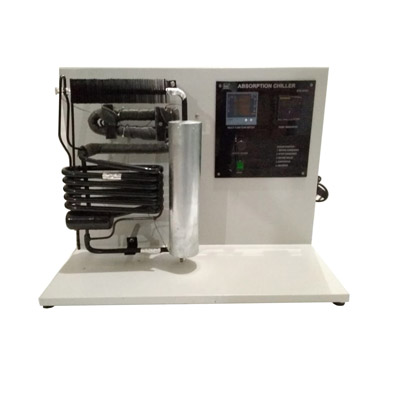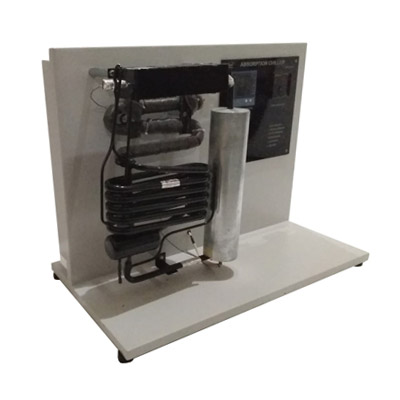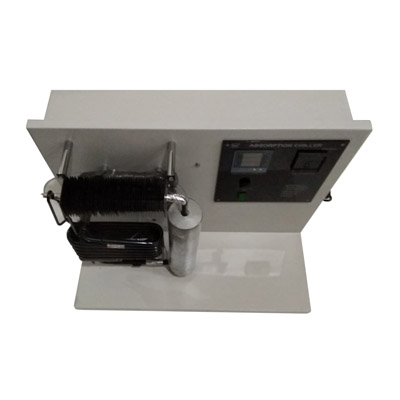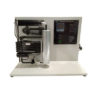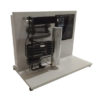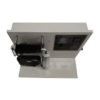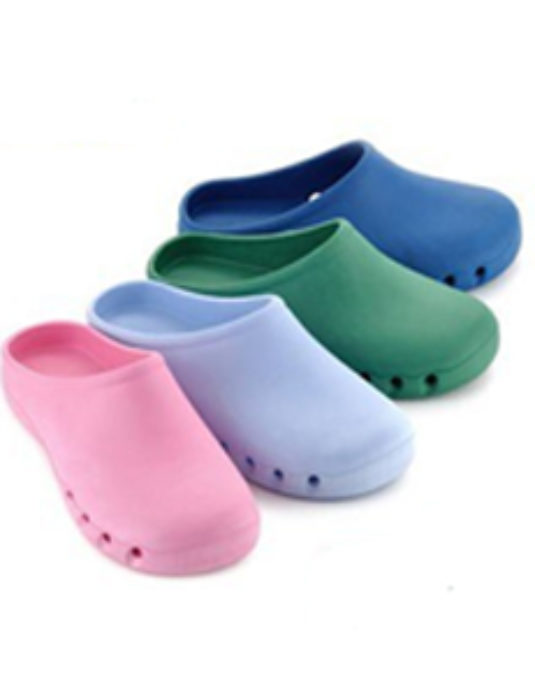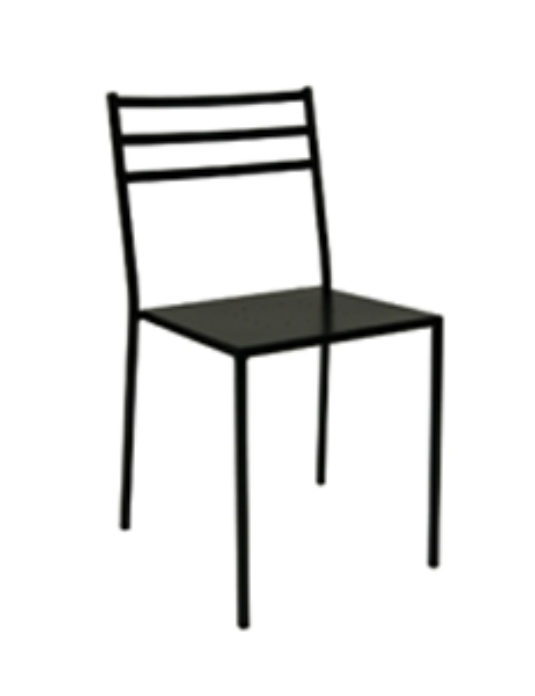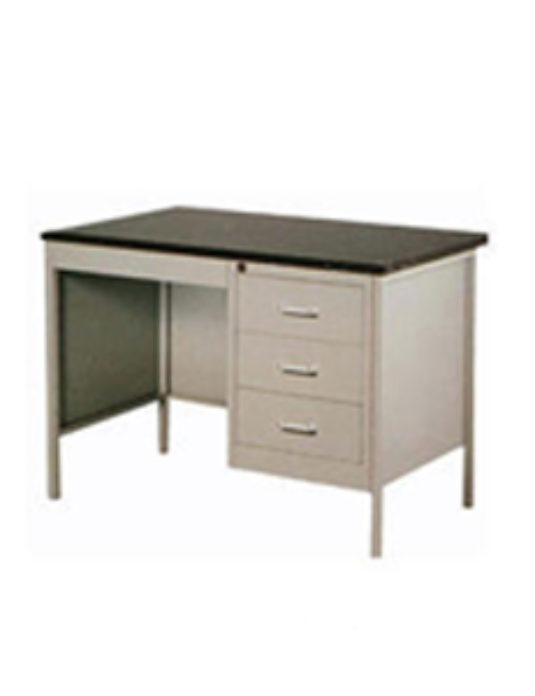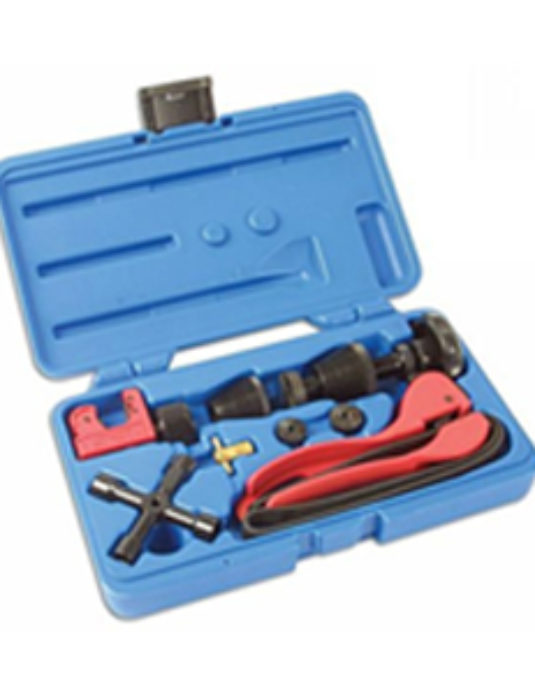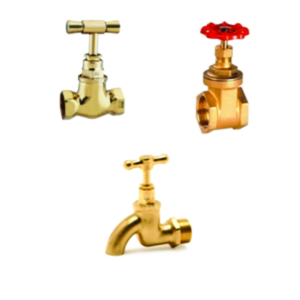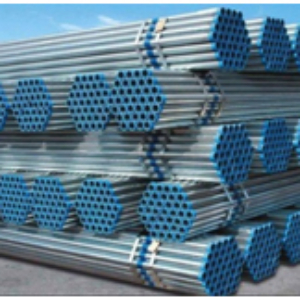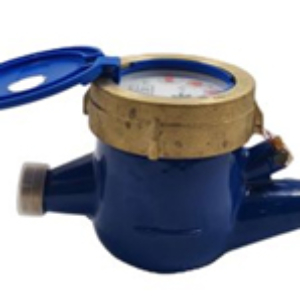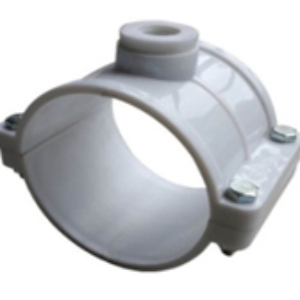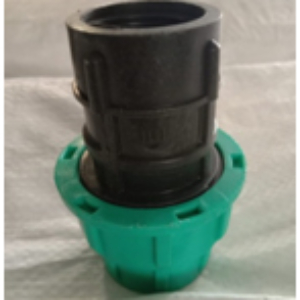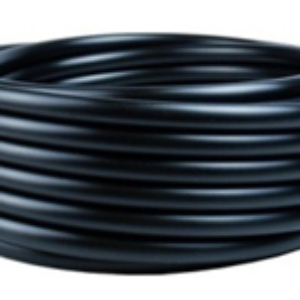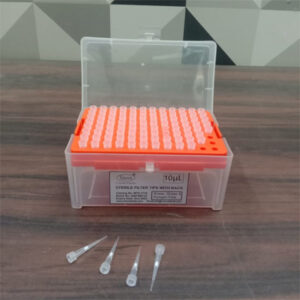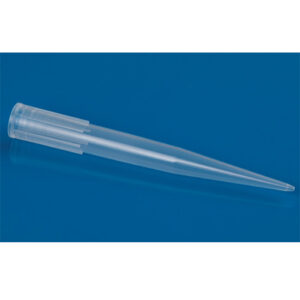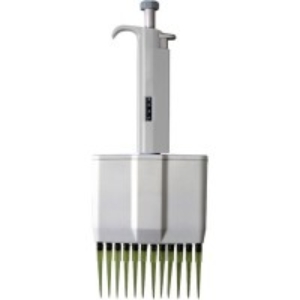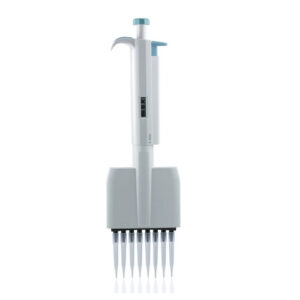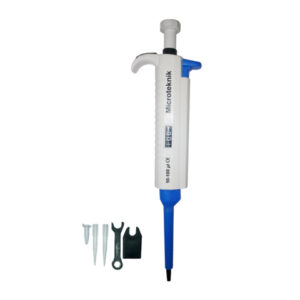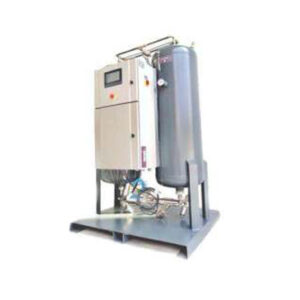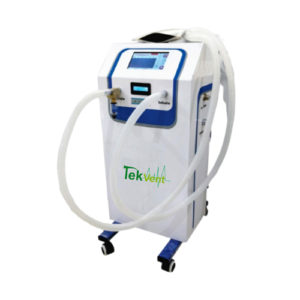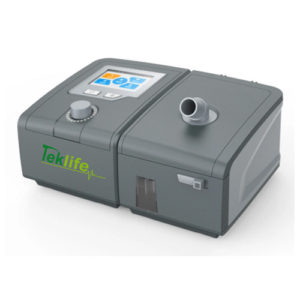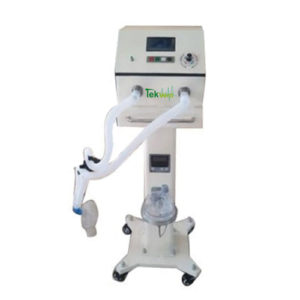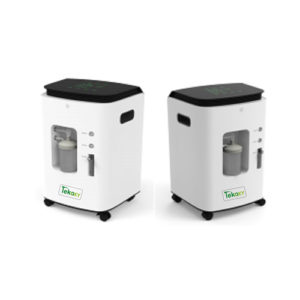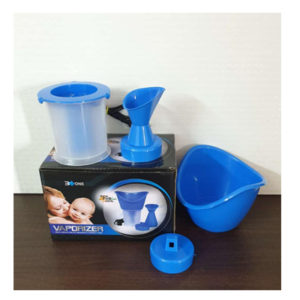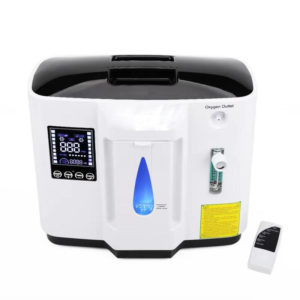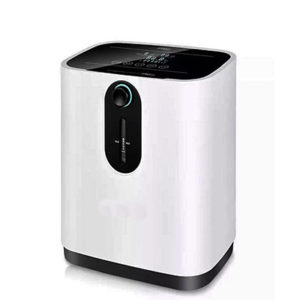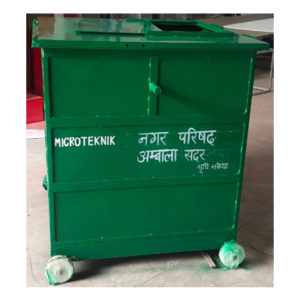Absorption Refrigeration System
Absorption Refrigeration System: MTS-101431A
Description:
Absorption refrigeration systems operate using thermal energy. They use the principle of liquids evaporating already at low temperatures when pressure is reduced. This basic principle is demonstrated in the experimental unit with the example of an ammonia-water solution with the ammonia acting as refrigerant.
In the evaporator the liquid ammonia evaporates and withdraws heat from the environment. To keep the evaporation pressure low, the ammonia steam in the absorber is absorbed by the water. In the next step, ammonia is permanently removed from the high concentration ammonia solution to prevent the absorption process from being halted. For this purpose, the high concentration ammonia solution is heated in a generator until the ammonia evaporates again. In the final step, the ammonia steam is cooled in the condenser to the base level, condenses and is returned to the evaporator. The low concentration ammonia solution flows back to the absorber. To maintain the pressure differences in the system, hydrogen is used as an auxiliary gas.
In process technology systems the resulting waste heat can be used for cooling. In small mobile systems, such as a camping refrigerator or minibar in a hotel, the required heat is generated electrically or by gas burner. Another benefit of absorption refrigeration systems is their silent operation.
demonstrates the functional principle of an absorption refrigeration system with its main components: evaporator, absorber,
boiler as generator with bubble pump, condenser. The boiler can alternatively be operated with gas or electrically. Another electric heater at the evaporator generates the cooling load.
Temperatures in the refrigeration circuit and the heating capacity at the boiler and at the evaporator are recorded and displayed digitally.
The well-structured instructional material sets out the fundamentals and provides a step-by-step guide through the experiments.
Learning Objectives / Experiments
- Demonstrate the basic principle of an absorption refrigeration system.
- Absorption refrigeration system and its main components.
- Operating behavior under load.
Specification
- Operation of an absorption refrigeration system.
- Main system components: evaporator, absorber, boiler with bubble pump, condenser.
- Ammonia-water solution as working medium, hydrogen as auxiliary gas.
- Boiler to separate ammonia.
- Bubble pump for transportation in the circuit.
- Adjustable electrical heater at the evaporator serves as cooling load.
- Boiler is alternatively heated by electrical heater or gas burner.
- Piezoelectric igniter for gas operation.
- Digital displays for temperature and power.
Supply: 230V, 50/60Hz, 1 phase.



